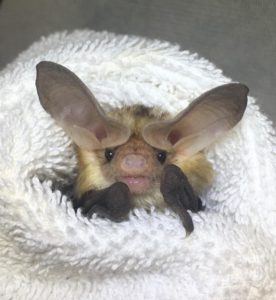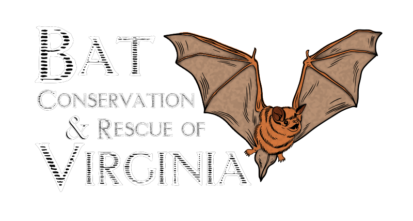Baturday News is a weekly blog written by Rachael, a high school student, bat advocate, and Save Lucy volunteer. Rachael’s interest in bats was sparked by the big brown bats that used the outside of her former home for a winter roost. She now enjoys watching the bats fly over her home on summer evenings. Rachael has been writing the Baturday News for over three years.

Hi everyone! I hope you all had a good week! I went on vacation to Niagara Falls! It was amazing! We saw the Falls from the US side and then we went to Canada. I have to be honest, Niagara Falls looks prettier from the Canadian side. The fireworks were amazing too. This was my first trip to Canada and I had a great time! I would like to thank all the Canadians I met for being so very nice to me! The rumors are true…Canadians really are extra nice!
I thought it would be nice to learn about a bat that lives in Canada. I found a very adorable one, the Pallid bat! The pallid bat is found from south-central British Columbia, Canada all the way down to central Mexico and Cuba.
Pallid bats have the cutest little piggy nose and big ears. They mostly live in rock crevices, but they have been found in attics, barns, caves, and under bridges. They love munching on scorpions, but they also eat beetles, crickets, and other things scurrying on the ground. Not only does the pallid bat use echolocation to hunt, but it also listens for prey with its big ears. It listens for food and then dives down to the ground to catch its tasty treat. It eats on the ground, where it sometimes gets bitten or stung by scorpions, but it seems to be immune to the scorpion stings.
Another interesting fact about this bat is that it likes to drink cactus nectar. These bats don’t have long tongues or other adaptations that would make drinking nectar easy, so they crawl into the flower to drink. They get covered with cactus pollen, which helps the plants to pollinate. They get so covered with pollen that they are a more effective pollinator than the lesser long-nosed bat, which is the primary pollinator for the cardon cactus.
If you would like to read more about this little bat, you can read about it here.
